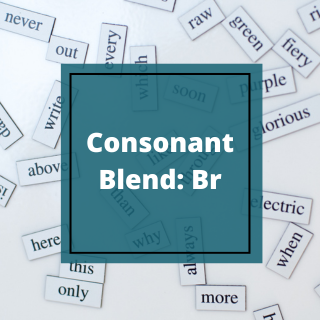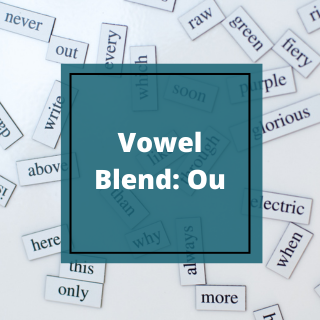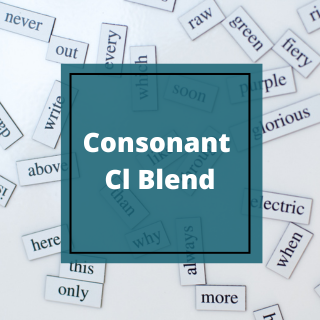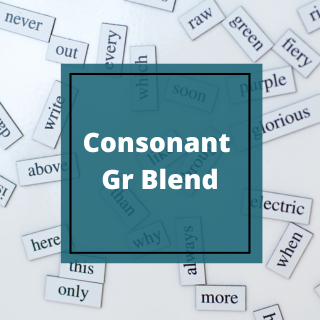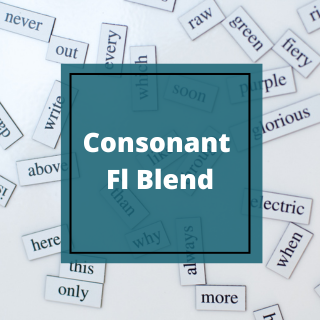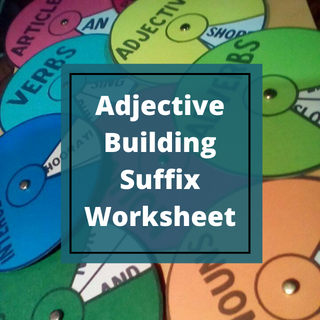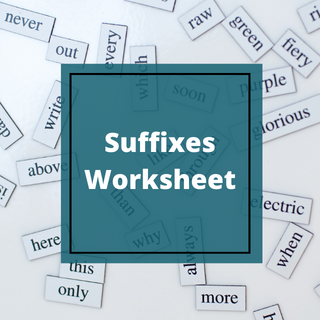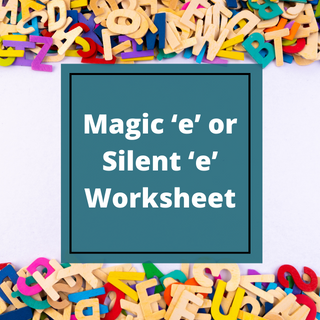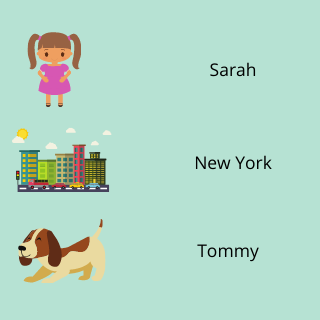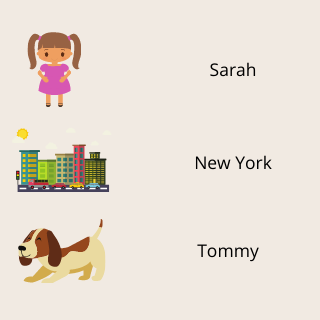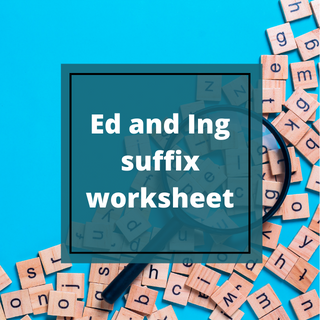
Worksheet
Ed and Ing Suffix Worksheet
This suffix worksheet is designed for 6 to 12-year-old children to guide them about suffixes -ed and -ing applications.
Let the children be firm with the suffixes by working on our worksheets – Y rule of spelling, suffixes, and adjective-building suffixes. This worksheet will help the child understand various types of suffixes thoroughly.
This suffix worksheet helps a child to understand the more 2 types of suffixes (ed and ing) along with their meaning and usage.
Suffix –ing and -ed
In our previous video lessons, we have learned about different meanings of suffixes and how to form new words using root words and the suffix. Here in this worksheet, we will learn when to use -ing suffix and when to use the -ed suffix.
Let us learn the suffix –ed and –ing rules and how suffixes change the meaning of the root word.
Suffix meaning: A suffix is added to the end of the root word to change the meaning of the word.
Some suffixes have specific uses.
- Adding -ing can
- change a noun into a verb
- adds the meaning “still going on,”
For example- walk + ing = walking
- Using the suffix -ed can
- change a verb to the past tense
- adds the meaning “in the past”
For example – walk + ed = walked
- When the suffixes –ing or –ed are added to the root word the last letter is doubled if –
- The root word has a single syllable
- The root word has a short vowel
- And the short vowel is immediately followed by a consonant.
For example –
- Dip + ed = dipped
- Dip + ing = dipping
How to Practice the Suffix -ing and Suffix–ed Worksheet?
In this worksheet, when the suffix –ing and suffix –ed is added to the root word, it changes the tense of the root word. Here, the child will not only learn the use of these suffixes but also would understand how the meaning of the root word changes in addition to these suffixes.
Allow the child to read the sentences given in the worksheet and add the relevant suffix –ing or suffix –ed in the blank drawn against a word. Ask the child to read the sentence again as it helps them understand how adding a suffix changes the meaning of the root word as well as the sentence.
For example –
John is read___ the bedtime story.
In the above sentence, the child will add the suffix ‘ing’ to the root word ‘read’.
Now, rewrite the sentence as –
John is reading the bedtime story.
The sentence would become an action still going on or the present continuous tense.
Let us take another example,
The zipper is jam___
Here, the appropriate suffix is ‘ed’ to the word ‘jam’. Also, the word jam is a single-syllable word and has a short vowel. The consonant comes immediately after the short vowel hence here the last letter ‘m’ would be doubled.
Rewrite and read the sentence as –
The zipper is jammed.
The sentence would become an action that already happened in the past tense.
Encourage the children to read the words on their own. Forming new words with suffixes will help them enhance their vocabulary. It further helps in reading and writing more complex sentences or stories.
Download the worksheet and start practicing the concept of the suffix –ing or suffix –ed to form new words with different meanings.
Note: Answers are given on the last page of the worksheet to help the child when in confusion.
Related worksheets
Consonant Blends Ch Worksheet
help the child learn ch blend words and their usage in sentences
View WorksheetConsonant Blends: Br Worksheet
Help the child learn br blend words and their usage in sentences
View WorksheetVowel Blends Ou Worksheet
help the child learn ou blend words and their usage in sentences
View WorksheetConsonant Blends: Cl Worksheet
help the child learn cl blend words and their usage in sentences
View WorksheetConsonant Blends: Gr
help the child learn gr blend words and their usage in sentences
View WorksheetConsonant Fl Blends Worksheet
help the child learn the words starting with consonant fl blends and its usage in the sentences
View WorksheetSuffix Story Worksheet
A Creative and Engaging Worksheet for Crafting Stories with Suffixes.
View WorksheetAdjective Building Suffix Worksheet
Enhance Your Child Writing and Language Skills with Creative Worksheet for Building a Strong Adjective Vocabulary.
View WorksheetSuffixes Worksheet
An Interactive and Engaging Worksheet for Building Vocabulary and Spelling.
View WorksheetMagic ‘e’ or Silent ‘e’ Worksheet
This worksheet helps the child to practice the formation of words with Magic 'e' or Silent 'e'
View WorksheetPrefix Re and Un Worksheet
Help the child practice the usage of Re and Un prefixes in the sentences
View WorksheetNegative Prefixes Worksheet
Help the child to learn how the meaning of the words changes using negative prefixes
View WorksheetCapitalization Practice Worksheet: Capitalization Rule 4
Helps the child learn and practice the application of rule 4 of capitalization
View WorksheetCapital Letters Worksheet: Based on Rule 3
help the child practice which word to capitalize based on its rules
View WorksheetCapitalization Worksheet: Rule 1
Help the child to practice capitalizing first word after full stop
View WorksheetCommon and Proper Nouns Worksheet
Identify common nouns and proper nouns in the sentences
View Worksheet




